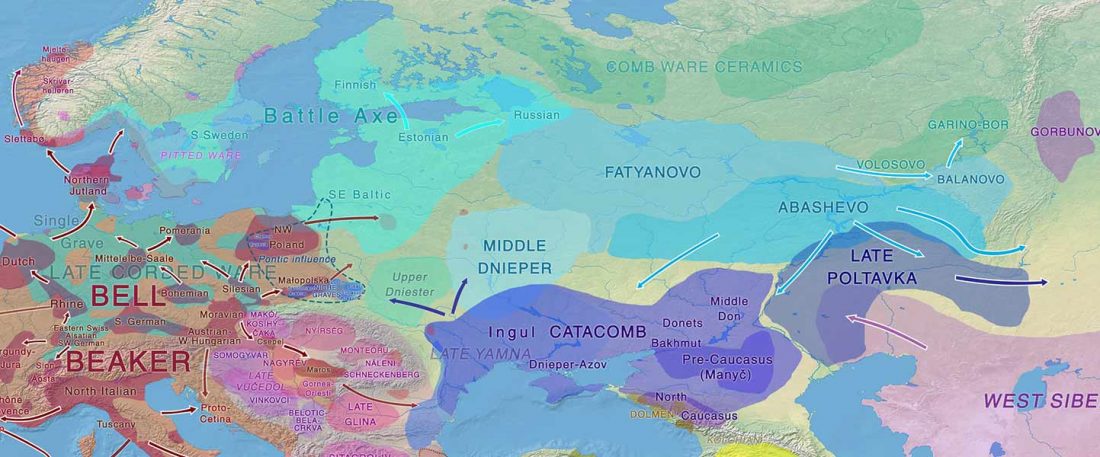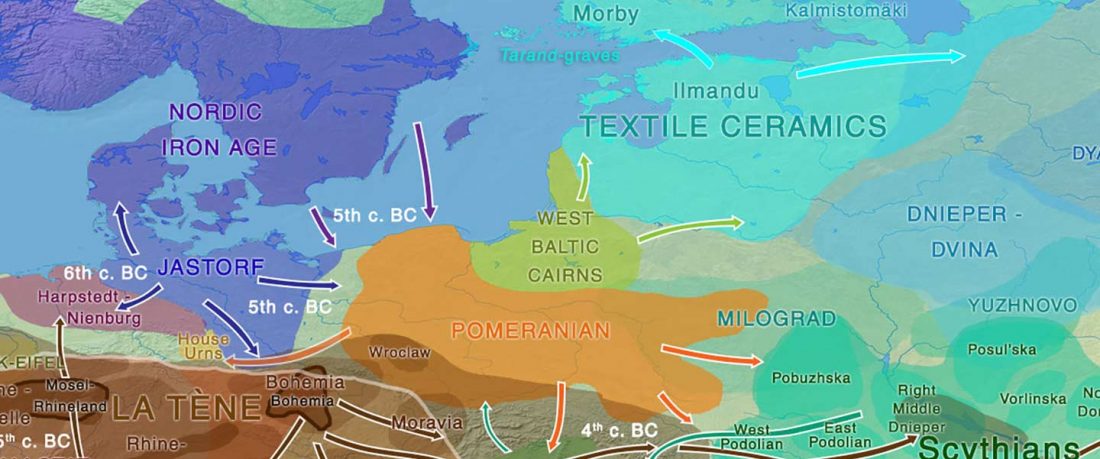New paper (behind paywall), Fishers of the Corded Ware culture in the Eastern Baltic, by Piličiauskas et al. Acta Archaeologica (2020) 91(1):95-120.
Interesting excerpts (emphasis mine):
Introduction
… Read the rest “De-Neolithisation of Corded Ware groups in the Eastern Baltic”Traditionally the people of the Corded Ware culture (hereafter CWC) were considered mobile stock breeders who brought animal husbandry into the eastern Baltic, ca. 2800-2400 cal BC; a viewpoint substantiated by reconstructed settlement patterns and a lack of substantial structures at CWC sites, which despite being located in various environments have largely yielded little material culture. Indeed, the zooarchaeological evidence alongside the stable isotope data obtained from human bone collagen have generally


